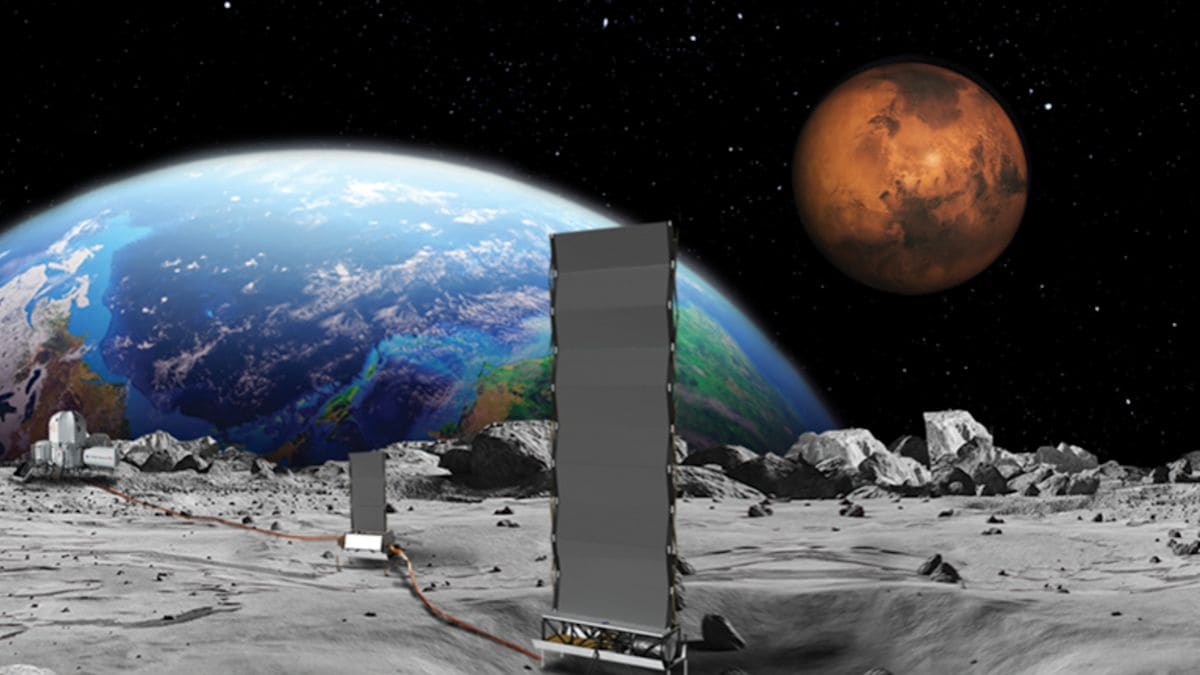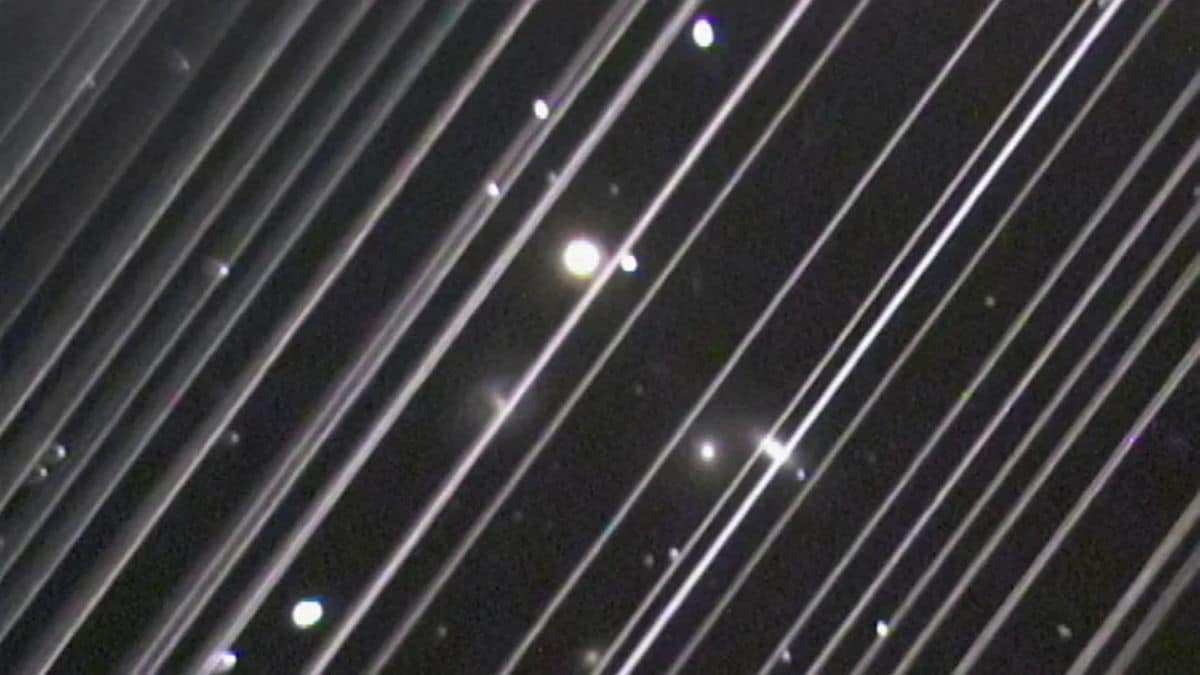NASA’s interim leader Sean Duffy recently declared the U.S. space agency aims to place a 100-kilowatt nuclear reactor on the Moon by 2030 to provide energy for an eventual lunar outpost. Duffy describes this as a new moon race to establish the strategic foothold and keep a competitive advantage for the U.S. During a press conference titled “Unleashing American Drone Dominance” , he emphasised the importance of having dependable power on the lunar surface. NASA moved up its new crew-rushed lunar lander by a full year as the agency scrambles to seize key resources on the moon and lay the groundwork for deeper exploration at least four years away.
According to the press conference, for exploration and a long-term Moon base, reliable power is crucial. Solar panels fail during the Moon’s two-week-long nights, so a nuclear reactor could supply continuous electricity even in darkness. It would be especially valuable at the south pole, where permanent shadows hide water-ice deposits. These ice reserves are essential for life support and fuel, so steady power there would expand mission capabilities. Strategically, deploying a reactor would help secure key territory.
China and Russia plan to build one by the mid-2030s, and U.S. officials warn the first country to do so could effectively claim that region, creating a de facto “keep-out zone”. Duffy even called the south pole the Moon’s “best” spot—rich in ice and sunlight—and said America must “get there first and claim that for America”.
Challenges
The directive sets near-term milestones. NASA must appoint a lunar reactor program manager within 30 days and solicit industry proposals within 60 days. The aim is a flight-ready 100 kW reactor by roughly 2030.
However, the plan faces major hurdles. The 2026 budget would allocate about $350 million to jump-start lunar fission power (rising to $500 M by 2027), but also proposes deep cuts to overall NASA funding. Observers note this would be NASA’s smallest budget in decades. Meanwhile, the agency is trimming science programs and even its workforce.




